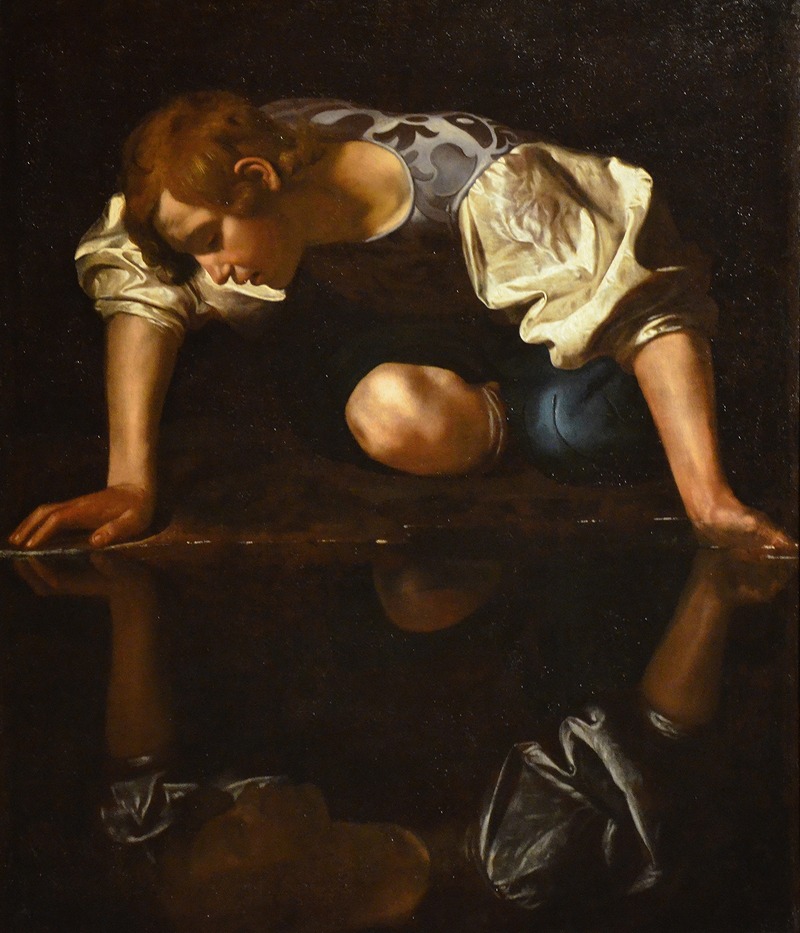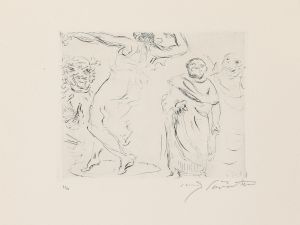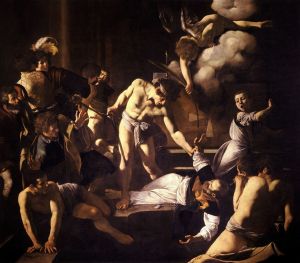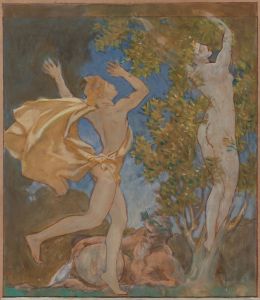
Narcissus
A hand-painted replica of Caravaggio’s masterpiece Narcissus, meticulously crafted by professional artists to capture the true essence of the original. Each piece is created with museum-quality canvas and rare mineral pigments, carefully painted by experienced artists with delicate brushstrokes and rich, layered colors to perfectly recreate the texture of the original artwork. Unlike machine-printed reproductions, this hand-painted version brings the painting to life, infused with the artist’s emotions and skill in every stroke. Whether for personal collection or home decoration, it instantly elevates the artistic atmosphere of any space.
Narcissus by Caravaggio
Narcissus is a painting traditionally attributed to the Italian Baroque master Michelangelo Merisi da Caravaggio. The work is widely believed to have been created around 1597–1599, during the height of Caravaggio's career in Rome. It depicts the mythological figure Narcissus, a character from Ovid's Metamorphoses, who becomes infatuated with his own reflection in a pool of water. The painting is celebrated for its dramatic use of chiaroscuro, a hallmark of Caravaggio's style, which enhances the emotional intensity and visual impact of the scene.
The composition of Narcissus is relatively simple yet striking. The figure of Narcissus is shown kneeling by the edge of a dark, still pool, gazing intently at his reflection. His body forms a circular shape with his mirrored image, emphasizing the theme of self-absorption and the cyclical nature of his fate. The background is almost entirely dark, drawing the viewer's attention to the illuminated figure and his reflection. This use of light and shadow creates a sense of depth and realism, characteristic of Caravaggio's work.
The painting is notable for its psychological depth, as it captures the moment of Narcissus's tragic obsession. The restrained color palette, dominated by earthy tones and the stark contrast between light and shadow, contributes to the somber and introspective mood of the piece. Unlike many other depictions of Narcissus in art, Caravaggio's interpretation focuses on the human vulnerability and emotional isolation of the character, rather than idealizing his beauty.
The attribution of Narcissus to Caravaggio has been a subject of scholarly debate. While many art historians accept it as an authentic work by Caravaggio, others have questioned its authorship due to the lack of definitive documentation and stylistic differences compared to his other known works. Despite this, the painting is widely associated with Caravaggio and is often included in discussions of his oeuvre.
Narcissus is housed in the Galleria Nazionale d'Arte Antica in Palazzo Barberini, Rome. It remains an important example of Baroque art and continues to be studied for its innovative approach to composition, light, and psychological realism. The painting also reflects the broader cultural and artistic trends of the late 16th century, particularly the fascination with classical mythology and the exploration of human emotion.

















![A Woman and a Horse, Let Someone Else Master Them [The Horse-Abductor]](/imgs/264582/s/francisco-de-goya-a-woman-and-a-horse-let-someone-else-master-them-the-horseabductor-5fe8d731.jpg)
